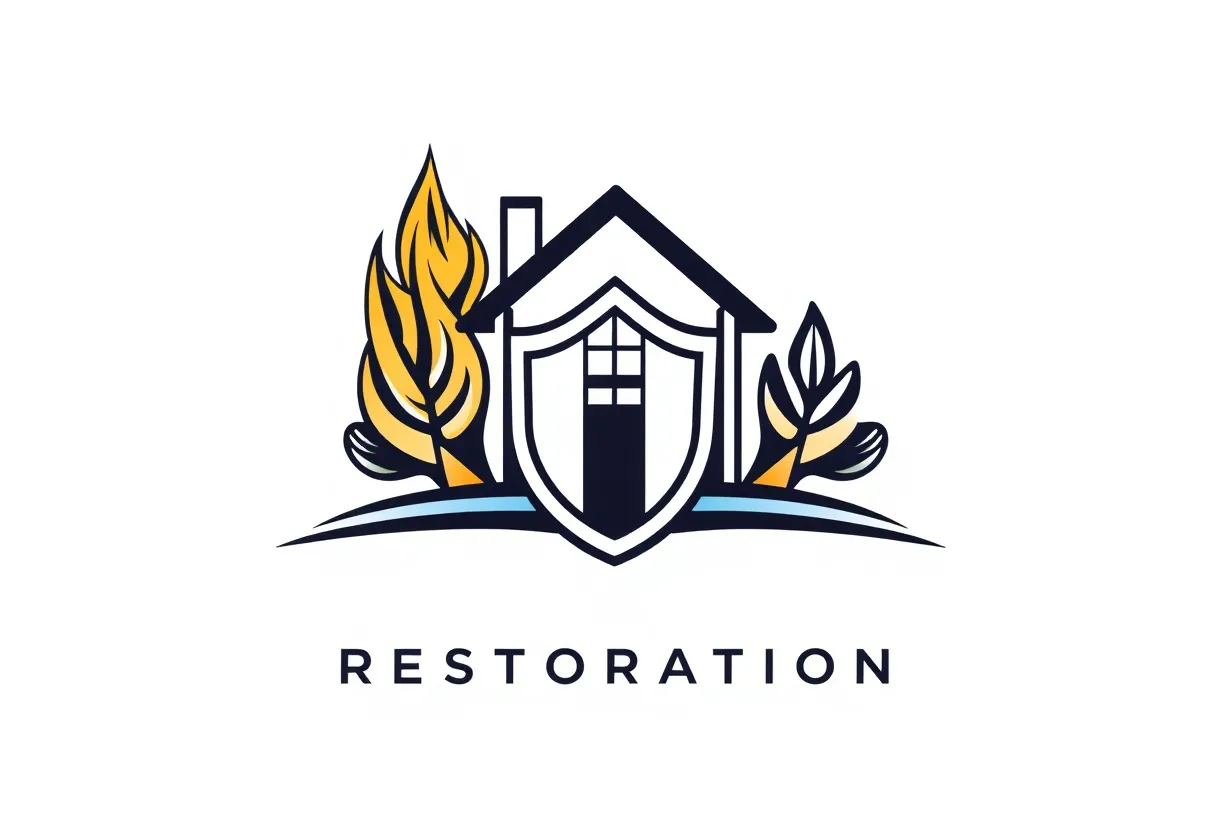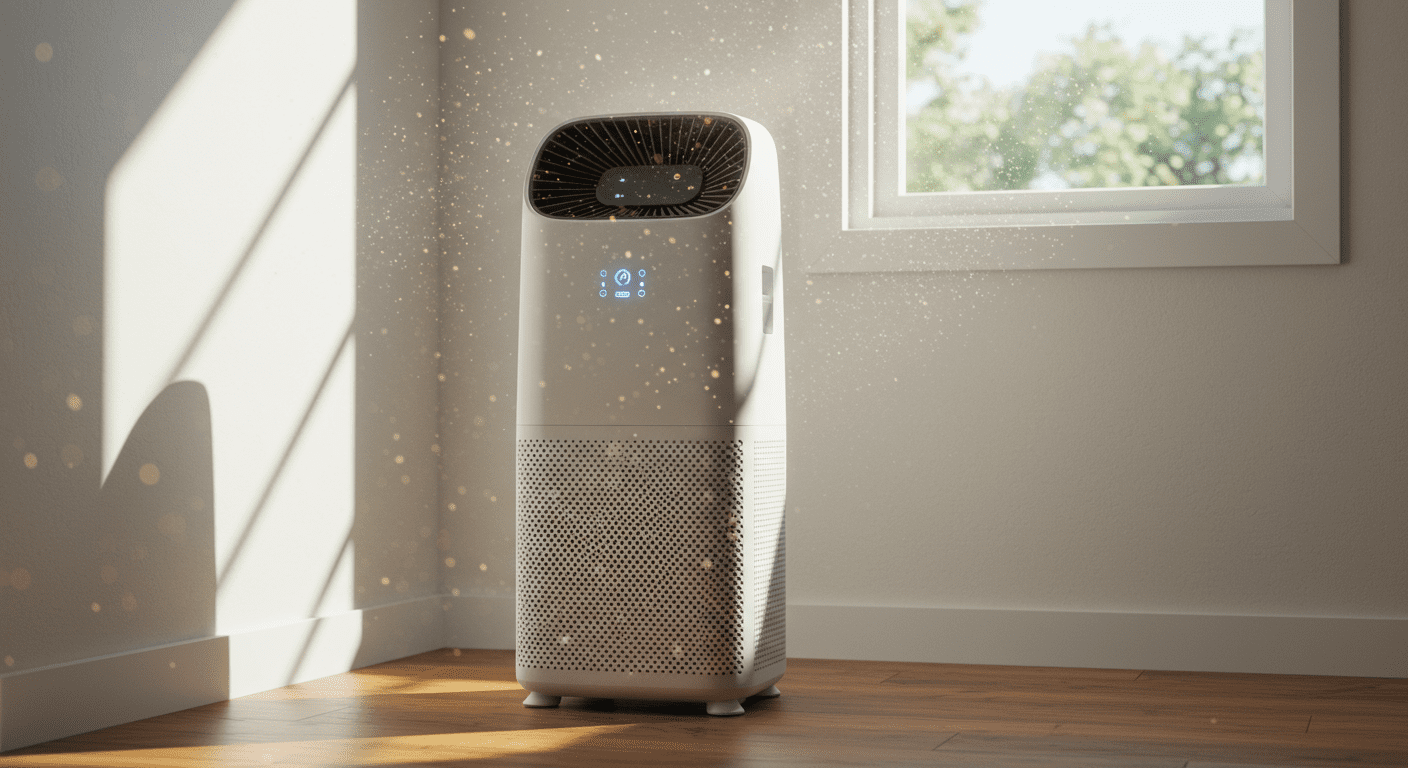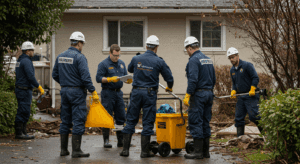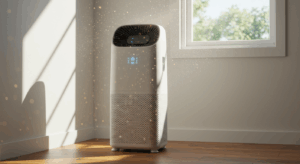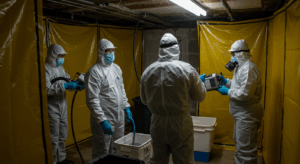Mold spores are a common yet often overlooked problem that can significantly impact your indoor air quality and health. These microscopic particles can float through the air, spreading allergens and toxins throughout your home. If left unchecked, mold can lead to respiratory issues, allergies, and even structural damage to your property. In this article, we’ll explore effective strategies to kill mold in the air and maintain a healthier living environment.
Understanding Mold Spores and Their Impact on Health
What Are Mold Spores?
Mold spores are tiny, airborne particles released by mold colonies as part of their reproductive cycle. These spores are invisible to the naked eye and can easily travel through the air, settling on damp surfaces to grow. Mold thrives in environments with high humidity, poor ventilation, and moisture, making homes with water damage or inadequate airflow particularly susceptible.
Health Risks Associated with Mold Exposure
Exposure to mold spores can cause a variety of health problems, especially for individuals with allergies, asthma, or weakened immune systems. Common symptoms include sneezing, coughing, skin irritation, and respiratory distress. Prolonged exposure to toxic molds, such as black mold, can lead to more severe health issues, including chronic sinus infections and neurological problems. Understanding the risks associated with mold exposure is the first step toward addressing the problem effectively.
For more information on identifying and managing black mold, check out this comprehensive guide.
Top Strategies to Kill Mold in Air
Using HEPA Air Purifiers
HEPA (High-Efficiency Particulate Air) purifiers are one of the most effective tools for removing mold spores from the air. These devices are designed to capture particles as small as 0.3 microns, including mold spores, dust, and allergens. When choosing an air purifier, look for models with a HEPA filter and additional features like UV light, which can kill mold spores and bacteria.
Enhancing Ventilation in Your Home
Proper ventilation is crucial for reducing moisture levels and preventing mold growth. Open windows and use exhaust fans in areas prone to humidity, such as bathrooms and kitchens. Installing a whole-house ventilation system can also help maintain consistent airflow and reduce the concentration of mold spores in the air.
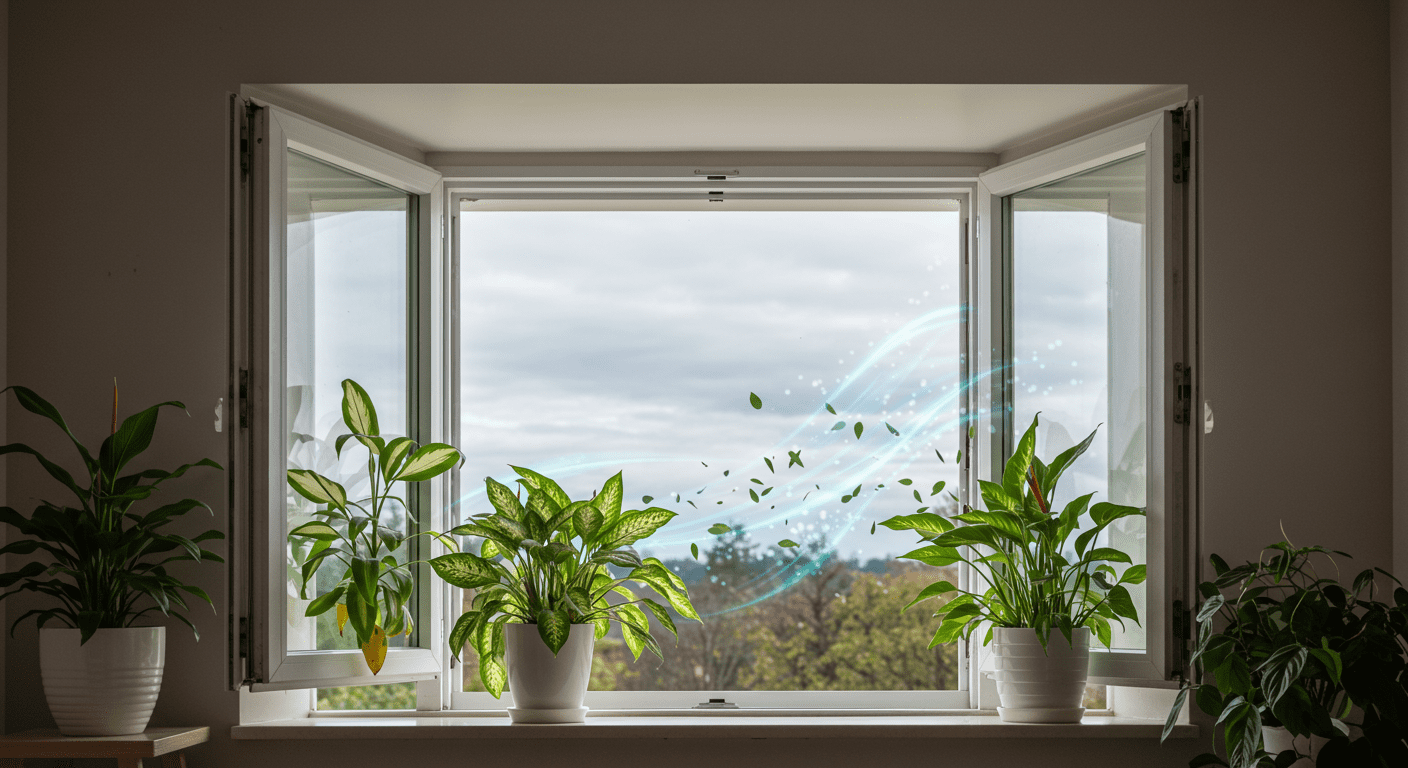
Fixing Moisture Issues to Prevent Mold Growth
Mold thrives in damp environments, so addressing moisture problems is essential for long-term prevention. Repair leaky pipes, seal cracks in walls, and ensure your home’s gutters and downspouts are functioning properly. Using a dehumidifier can also help maintain optimal humidity levels, ideally between 30% and 50%, to discourage mold growth.
For expert water damage restoration services, consider these reliable solutions.
Cleaning and Maintenance Tips for Mold Prevention
Regular Cleaning Practices
Regular cleaning is key to preventing mold buildup. Use a vacuum cleaner with a HEPA filter to remove dust and mold spores from carpets, upholstery, and curtains. Wipe down surfaces with a mold-killing solution, such as a mixture of water and vinegar, and avoid using bleach, which can sometimes exacerbate mold growth.
Importance of Drying Water-Damaged Areas
Water damage is a leading cause of mold growth. If your home experiences flooding or leaks, it’s crucial to dry the affected areas within 24 to 48 hours. Use fans, dehumidifiers, and absorbent materials to speed up the drying process. For severe water damage, professional cleanup services may be necessary.
Learn more about water cleanup services here.
Utilizing Dehumidifiers Effectively
Dehumidifiers are an excellent tool for controlling indoor humidity levels. Place them in areas prone to dampness, such as basements, bathrooms, and laundry rooms. Regularly empty the water tank and clean the unit to ensure optimal performance. A well-maintained dehumidifier can significantly reduce the risk of mold growth in your home.
When to Seek Professional Help for Mold Issues
Signs You Need Professional Mold Remediation
While DIY methods can be effective for minor mold problems, there are situations where professional intervention is necessary. Signs that you may need professional mold remediation include persistent mold odors, visible mold growth covering large areas, and recurring mold problems despite your efforts to eliminate them.
For a detailed guide on professional mold removal costs, visit this resource.
Benefits of Professional Air Quality Assessment
A professional air quality assessment can identify hidden mold problems and provide tailored solutions for your home. Experts use advanced tools to measure mold spore levels and pinpoint the source of contamination. Investing in professional services can save you time and effort while ensuring a thorough and effective resolution.
If you’re concerned about mold in your home, consider scheduling a free mold inspection.
Conclusion
Mold spores in the air can pose serious health risks and compromise your indoor air quality. By understanding the causes of mold growth and implementing effective strategies, you can create a healthier living environment for you and your family. From using HEPA air purifiers and enhancing ventilation to addressing moisture issues and seeking professional help when needed, these steps can help you eliminate mold and prevent its return.
Take proactive measures today to protect your home and health from the dangers of mold. For more tips and expert advice, explore our comprehensive guide to mold removal.
